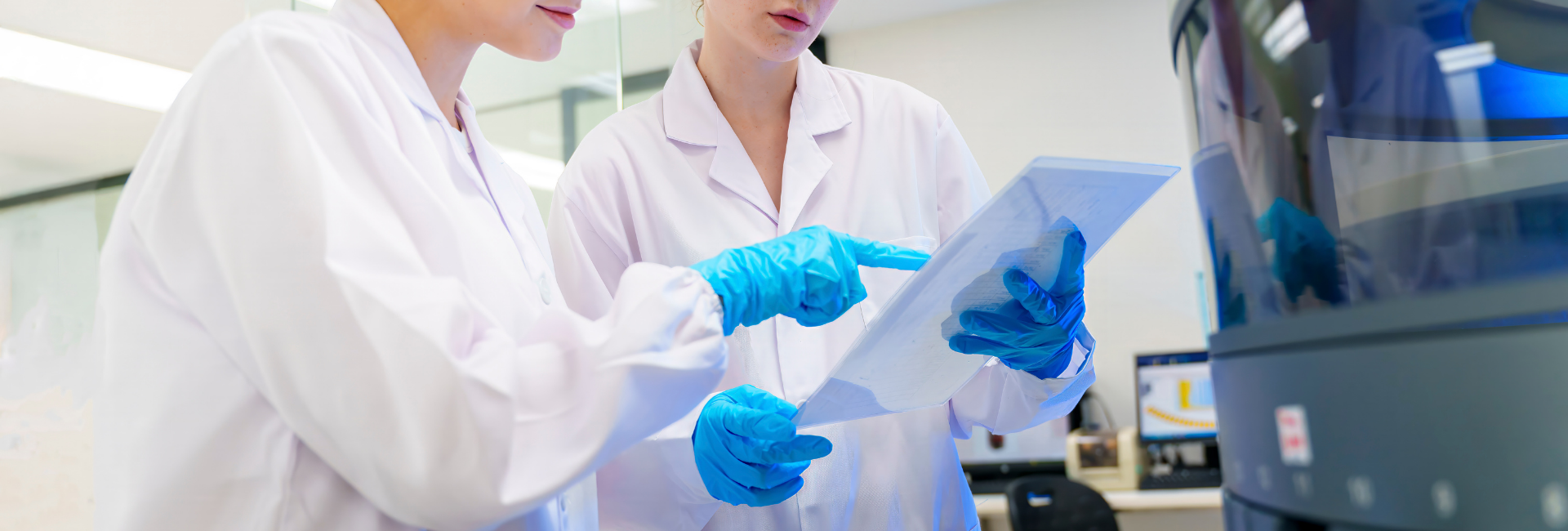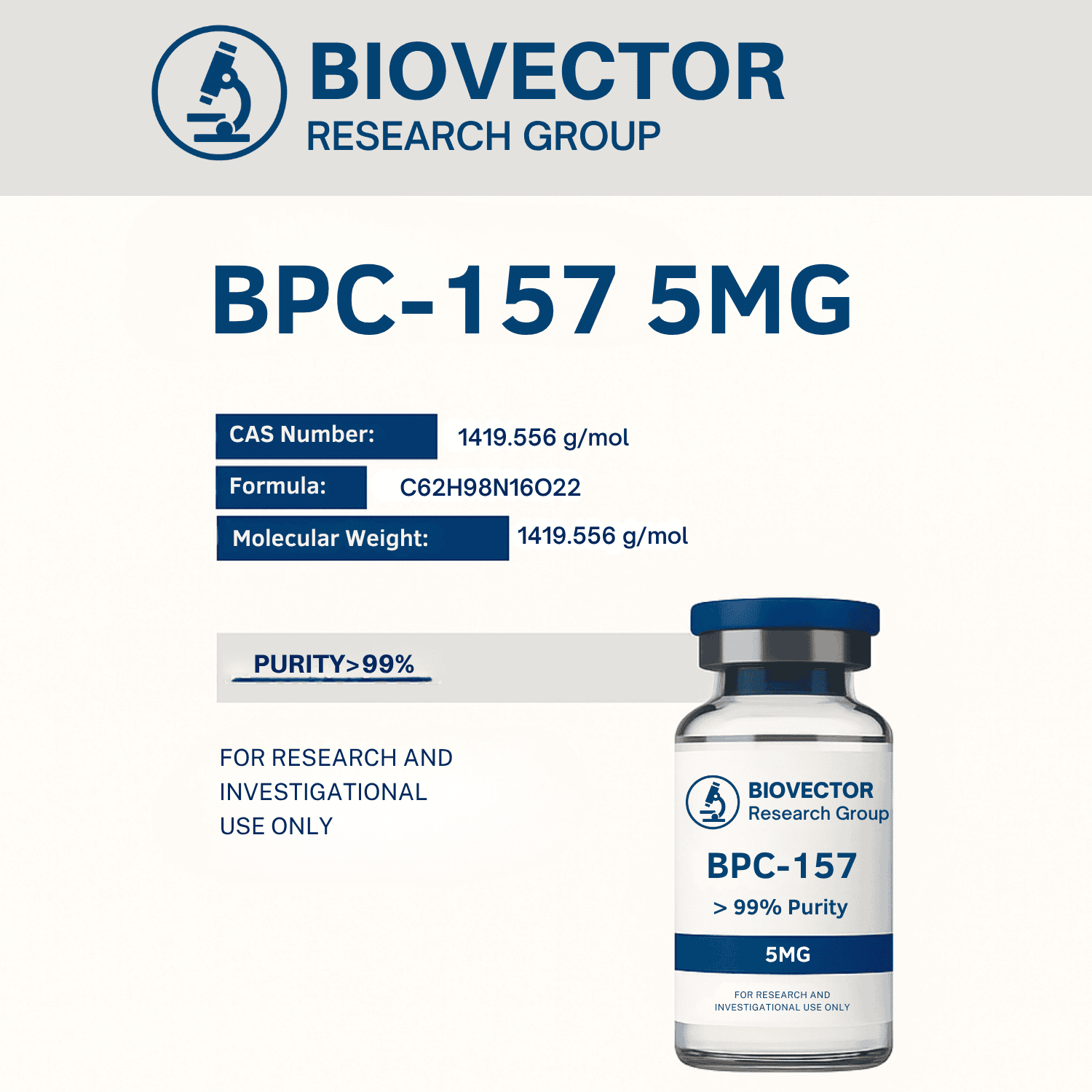BPC-157 Research Overview — Body Protection Compound Peptide Mechanisms and Findings
Disclaimer: This article is intended solely for laboratory and educational discussion. BPC-157 is provided for research use only and is not approved for human, veterinary, or diagnostic purposes. BPC-157 (Body Protection Compound-157) is a synthetic peptide fragment derived from a naturally occurring protein found in gastric juice known as Body Protection Compound (BPC). The peptide consists of 15 amino acids and is recognized for its stability in varying pH conditions, making it suitable for in-vitro and animal model research. (PubChem) Preclinical studies have examined BPC-157’s potential influence on angiogenesis, fibroblast migration, and nitric oxide synthesis. Animal research models report its involvement in cellular repair mechanisms, tendon fibroblast outgrowth, and modulation of inflammatory pathways. (PubMed Review) (NCBI Study) Laboratory data suggest that BPC-157 may interact with the vascular endothelial growth factor (VEGF) signaling system and other growth-related proteins, supporting its value as a reference peptide for tissue regeneration and inflammation research. These findings continue to be evaluated under controlled non-clinical conditions for deeper insight into peptide-mediated healing pathways. (PubMed Study)Key References
- Gwyer Findlay et al., “Peptide-based modulation of tissue repair pathways,” PubMed (2023) — pubmed.ncbi.nlm.nih.gov/31448236
- Sikiric et al., “The Stable Gastric Pentadecapeptide BPC-157: A Promising Modulator of Healing Processes,” Current Pharmaceutical Design (2020) — pubmed.ncbi.nlm.nih.gov/25883570
- Sikiric et al., “Gastric Pentadecapeptide BPC-157 Accelerates Healing of Gastrointestinal and Musculoskeletal Tissues,” Journal of Physiology (2009) — pubmed.ncbi.nlm.nih.gov/19405065
- PubChem Compound Summary — pubchem.ncbi.nlm.nih.gov/compound/BPC-157
BioVector Research Group provides BPC-157 exclusively for controlled laboratory and research purposes. Not for human consumption or therapeutic application.


